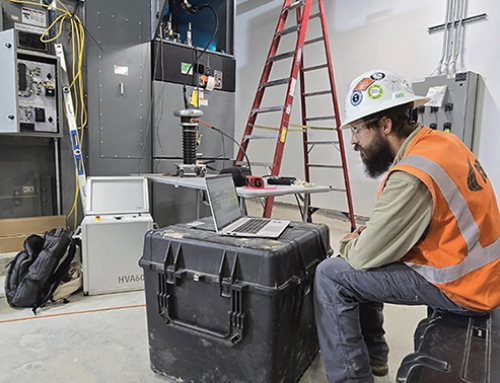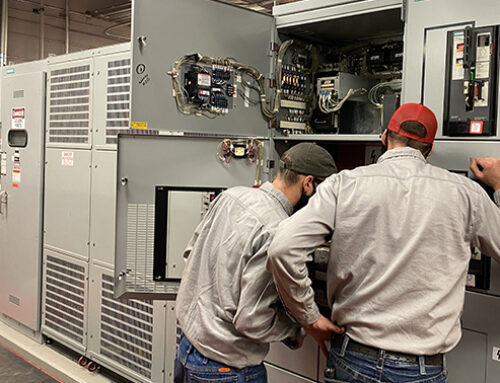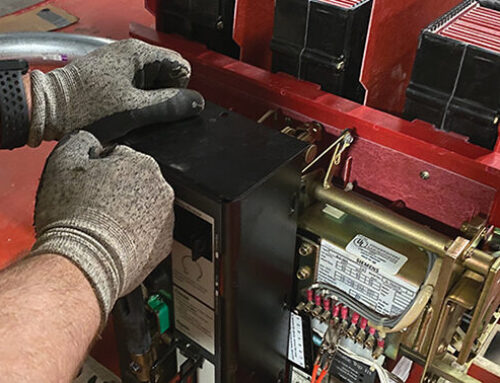Until the early 2000s, the electrical industry faced several challenges creating a network that could seamlessly integrate a wide range of smart devices. In 2004, the International Electrotechnical Commission (IEC) developed the IEC 61850 standard to help improve communication and collaboration across devices.
In a recent NETA World article, Matthew Wallace, vice president of field services at CBS Field Services, discussed how IEC 61850 has helped simplify communication and collaboration between electronic devices.
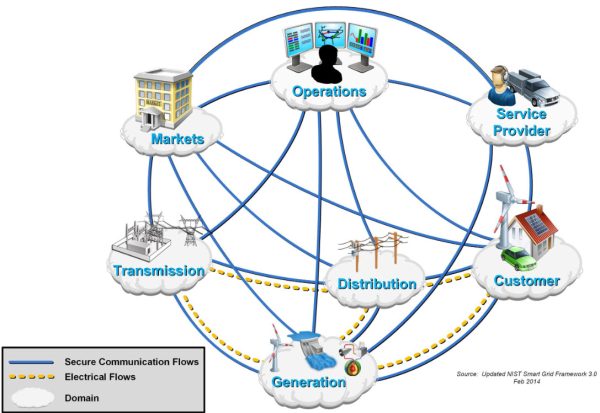
The article provides insights into how IEC 61850 allows OEMs the flexibility to develop devices that can interact with one another as part of a larger integrated system. Establishing a universal language and framework within the power generation, distribution, and consumption ecosystems enables these devices to work together synchronously and easily be integrated into the smart grid, leading to improved efficiency, reliability, and scalability of power systems.
The inclusion of object-oriented modeling helps improve power system integration, scalability, and resiliency so operators can respond to evolving needs and demands. IEC standards also provide security measures to safeguard data transmission and prevent unauthorized access to or malicious manipulation of devices and help ensure new technologies can be seamlessly integrated into the grid.
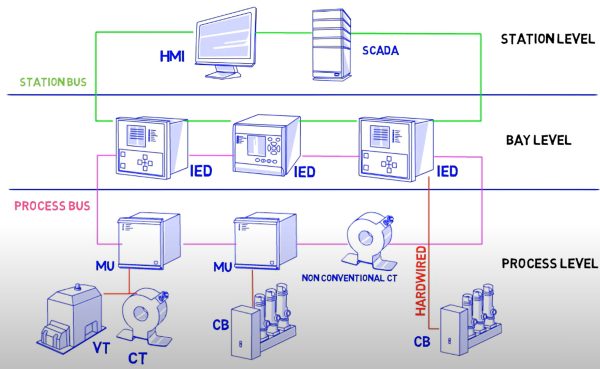
Using a step-by-step approach that divides the system into fundamental levels (process level, bay level, and station level) and focuses on individual apparatus devices simplifies testing and commissioning electrical systems that utilize IEC 61850 communication protocols.





